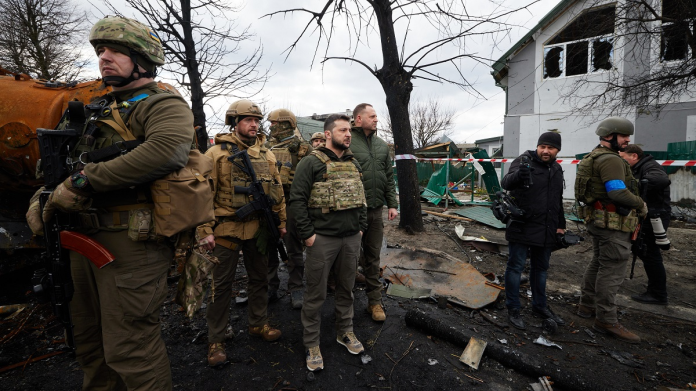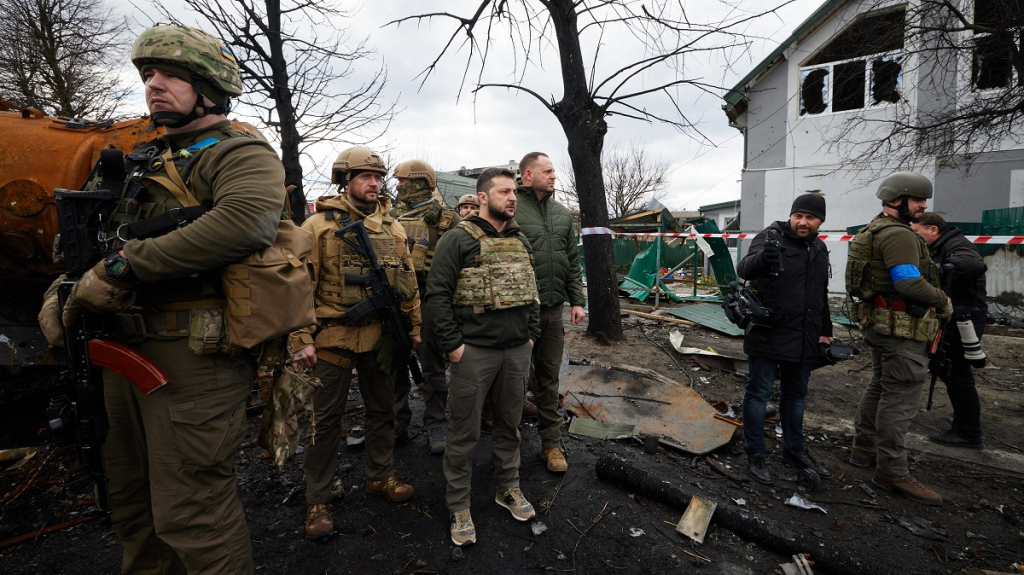
“Retribution is inevitable,” cautioned Dmitry Medvedev following one of Ukraine’s most brazen operations in months. But on the battlefield, Ukrainian troops have demonstrated that retribution has two ways. In a conflict ever more shaped by unmanned systems and precision artillery, the military of Kyiv has married tactical creativity with new technologies to take apart high-value Russian targets.
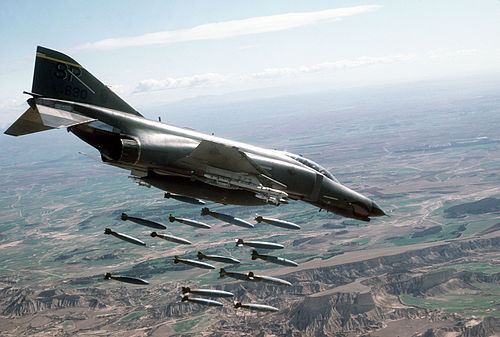
From amphibious patrol aircraft in Crimea to multi-million-dollar reconnaissance drones over disputed airspace, Ukraine’s attacks not only caused material damage but also compelled Moscow to reconsider its air defense attitude. The following list analyses seven critical moments and technologies defining this dynamic aerial battlefield each a testament to Ukraine’s expanding reach and Russia’s weaknesses.
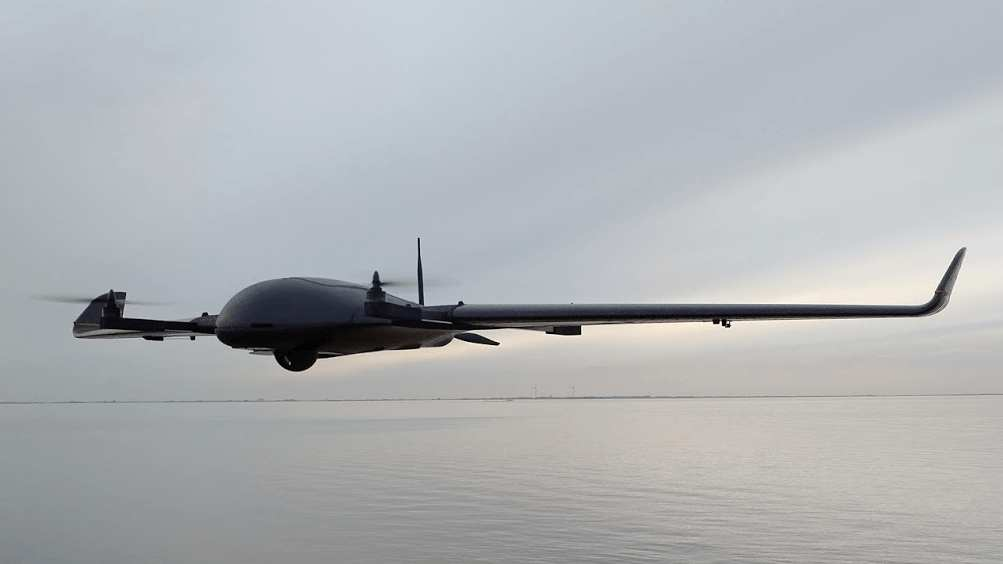
1. The $7 Million Forpost Drone Intercept
During a recent encounter, Ukrainian 95th Separate Air Assault Brigade paratroopers killed a Russian Forpost reconnaissance UAV a platform based on Israel’s IAI Searcher. The Forpost, with an operating ceiling of up to 7 kilometers and a range of 250 kilometers, was said to be on a combat mission when it was hit in flight by a Ukrainian interceptor drone. With its reported top speed of 160 km/h, the UAV could not avoid being killed.
The brigade’s social media report, as translated by United24, highlighted the accuracy of the strike. The estimated loss, $7 million, is added to a mounting count of Russian UAVs destroyed in recent months. For Moscow, the destruction of the Forpost is a more than pecuniary loss it reduces an important surveillance asset that is employed for artillery targeting and glide bomb targeting.
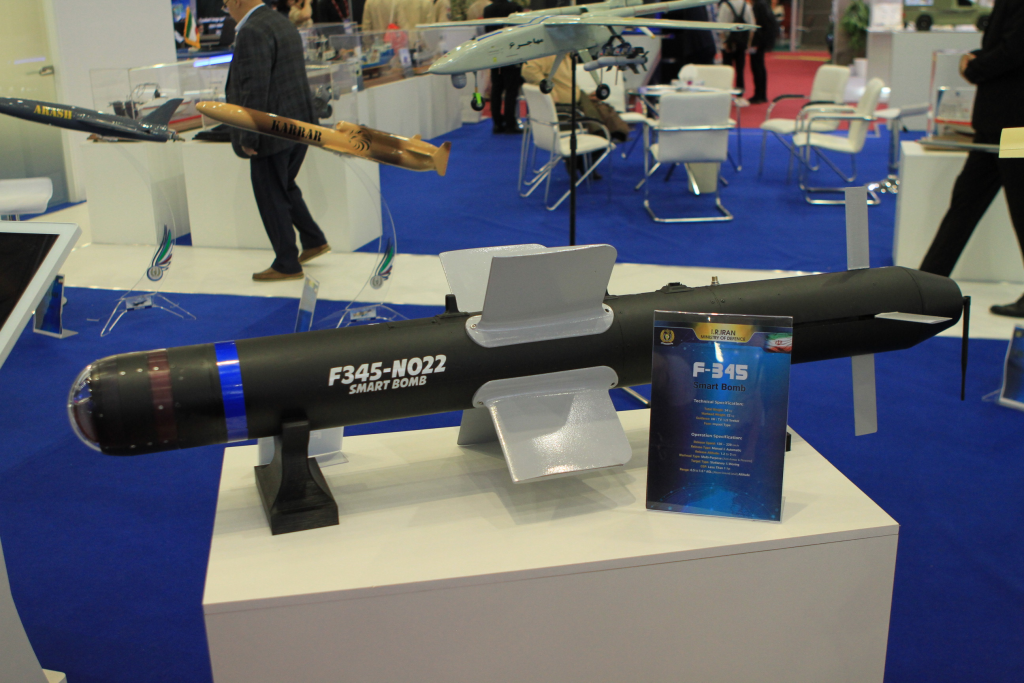
2. August Strike on Khersones Airbase
On 22 August, the Ukrainian Navy attacked the Khersones airbase southeast of Sevastopol, destroying a building that housed several drones. Satellite imagery confirmed the damage with reports of up to three Mohajer-6 attack UAVs and two Forpost reconnaissance drones lost.
The Mohajer-6, a locally produced Iranian system equipped with Qaem-5 or Sadid-345 bombs, provides versatile precision strike power. Its loss, along with the Forposts, possibly removed from Russia assets employed to watch the Black Sea and launch precision strikes. Newsweek put total damage from this attack between $46.98 million and $65.7 million a price tag that speaks to the economic heft of Ukraine’s drone campaign.
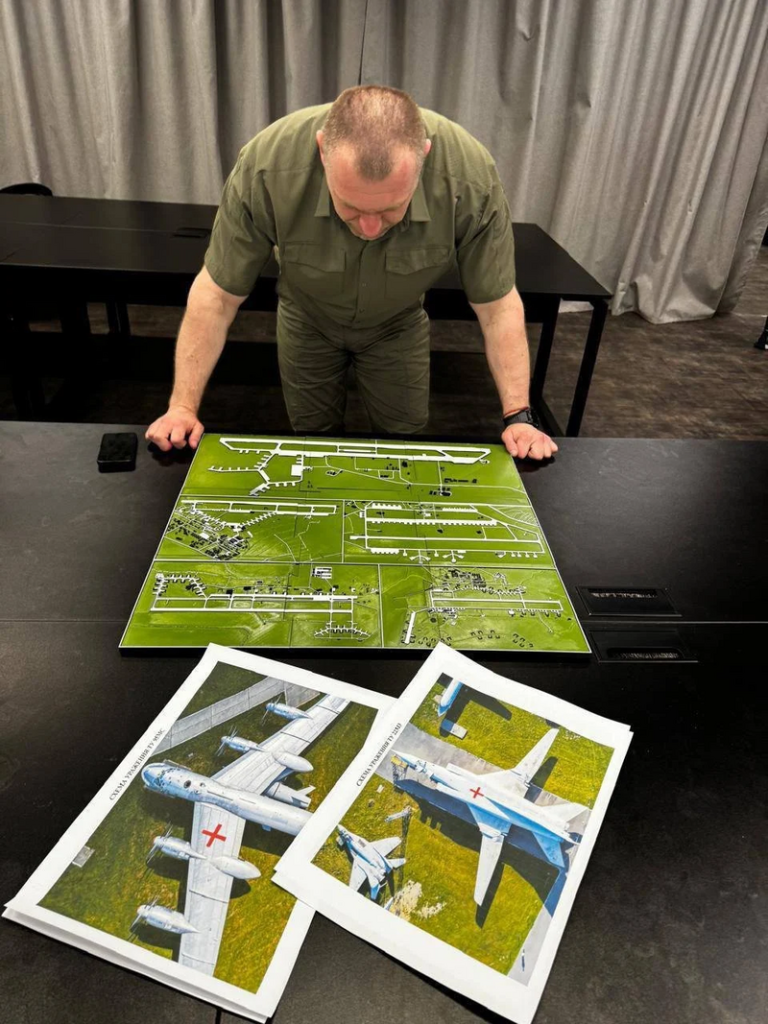
3. Operation “Spider’s Web” Against Strategic Bombers
In one of the most sophisticated attacks since the war started, Ukraine’s SBU security agency deployed 117 drones against several Russian air bases. Synthetic aperture radar imagery detected damage to Tu-22M3 Backfire and Tu-95 Bear bombers at Belaya air base in Irkutsk, with others at Olenya in Murmansk.
President Volodymyr Zelenskiy called the raid “absolutely brilliant,” observing that 41 Russian fighter planes had been damaged or destroyed. The SBU estimated at $7 billion, which destroyed 34% of Russia’s strategic cruise missile carriers. Experts caution it will be hard to replace these aircraft since some are out of production.
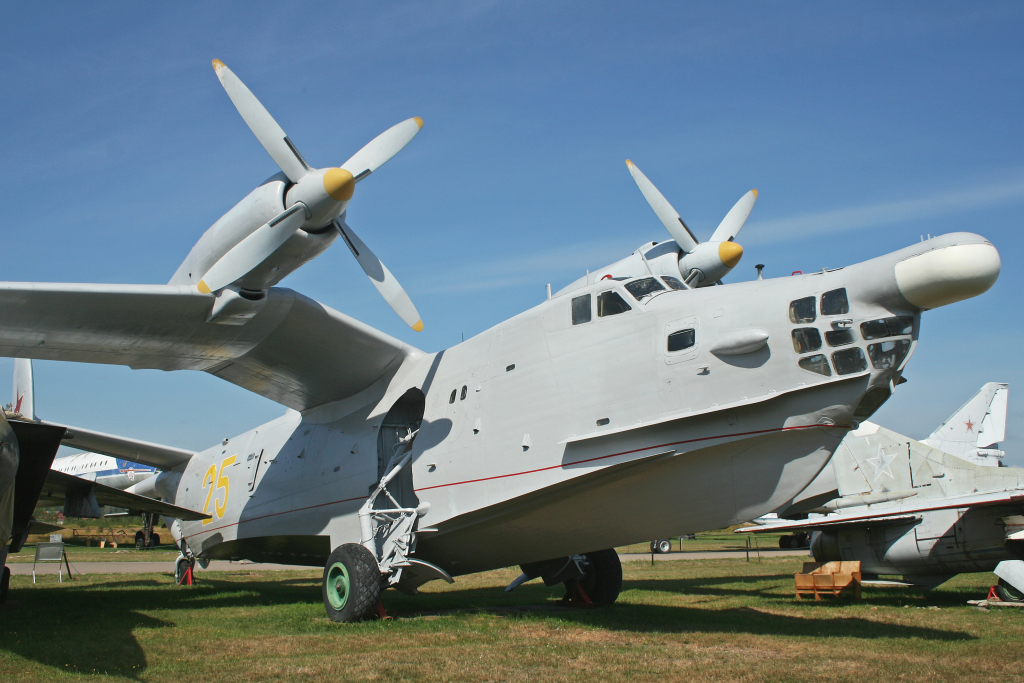
4. Amphibious Be-12 Patrol Plane Losses
Ukrainian military intelligence reported the first-ever destruction of two Be-12 Chayka anti-submarine amphibious planes in Crimea’s Kacha air base. Although some analysts minimized the significance of using these 1950s-era planes in operations, others mentioned their functionality in sea patrols and defending Russia’s Black Sea Fleet against uncrewed surface vessels.
Alexander Lord of Sibylline characterized the strike as part of Ukraine’s effective anti-access/area denial campaign in the Black Sea, which constrained Russia’s naval liberty. The psychological effect, aimed at local and global audiences, could be more significant than the immediate military impact.
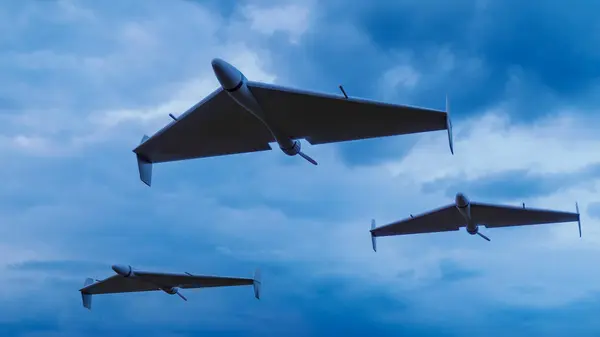
5. Russia’s Growing Drone Inventory
Moscow’s unmanned aerial vehicle fleet ranges from reconnaissance, strike, and kamikaze platforms to Orlan-10s and Forposts, and Shahed-136 loitering munitions. Russia manufactured 1.4 million drones in 2024, ten times as many as the year before, and is creating a satellite network of 102 spacecraft to facilitate UAV coordination.
Kinetic drones like Kronshtadt Orion and Mohajer-6 are paired with kamikaze systems like the ZALA Lancet. Fiber-optic FPV drones, resistant to jamming, have been a significant adjustment, enabling safe control even in hostile electromagnetic environments.
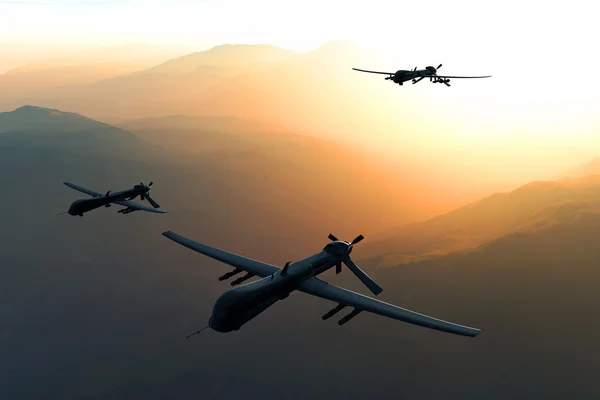
6. Low-Cost Drone Tactics Used by Ukraine
Tackling Russia’s quantitative superiority in UAVs, Ukraine has used low-cost systems for high-impact attacks. The SBU’s “Spider’s Web” campaign showed that low-cost drones, released in mass, could swamp defenses and penetrate deep within Russian lines.
This strategy reflects swarm maneuvers, in which saturation attacks overburden enemies with the expense of attacking and expose their weaknesses. Through the blending of small expendable drones and precision-guided weapons, Ukraine has been able to reach targets more than 4,000 kilometers beyond the front lines.
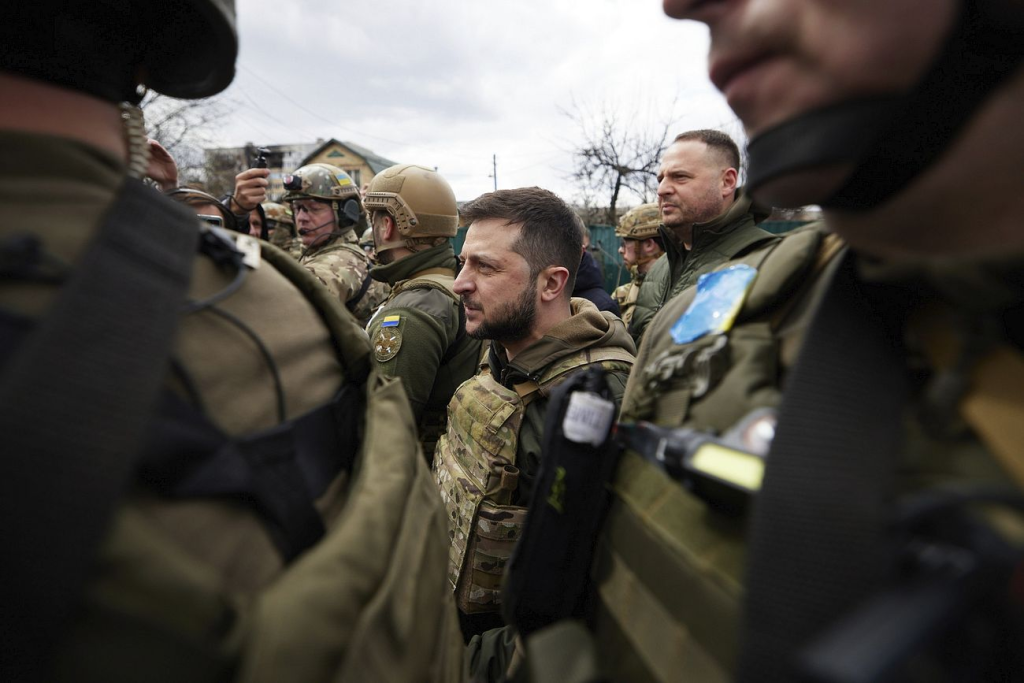
7. Strategic Implications for Russian Air Defenses
The Institute for the Study of War stated that Ukraine’s deep strikes will tend to force Russia to redistribute air defense assets over a larger area. Mobile air defense units could become increasingly prevalent, as stationary installations are insufficient against scattered threats.
Russia’s use of decoy aircraft at Belaya air base proved ineffective in misleading Ukrainian drones, and this has exposed the difficulty of deterring sophisticated targeting and reconnaissance tactics. With both sides adopting AI and machine learning in UAV operations, the battle for aerial supremacy is going to heat up.
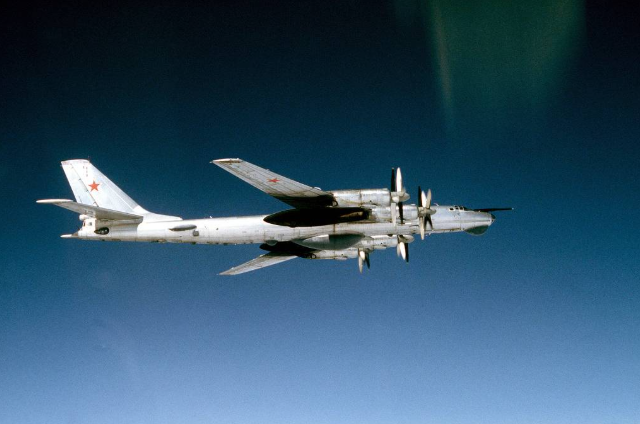
Ukraine’s recent attacks from expensive surveillance drones to strategic bombers demonstrate an evolution of warfare where unmanned platforms are the decisive factor. For Moscow, these losses are as much about learning to operate in a battlespace where proximity is no guarantor of safety. As drone technology progresses, the dynamics between innovation, strategy, and psychological effects will shape the air element of this war.
